01:12
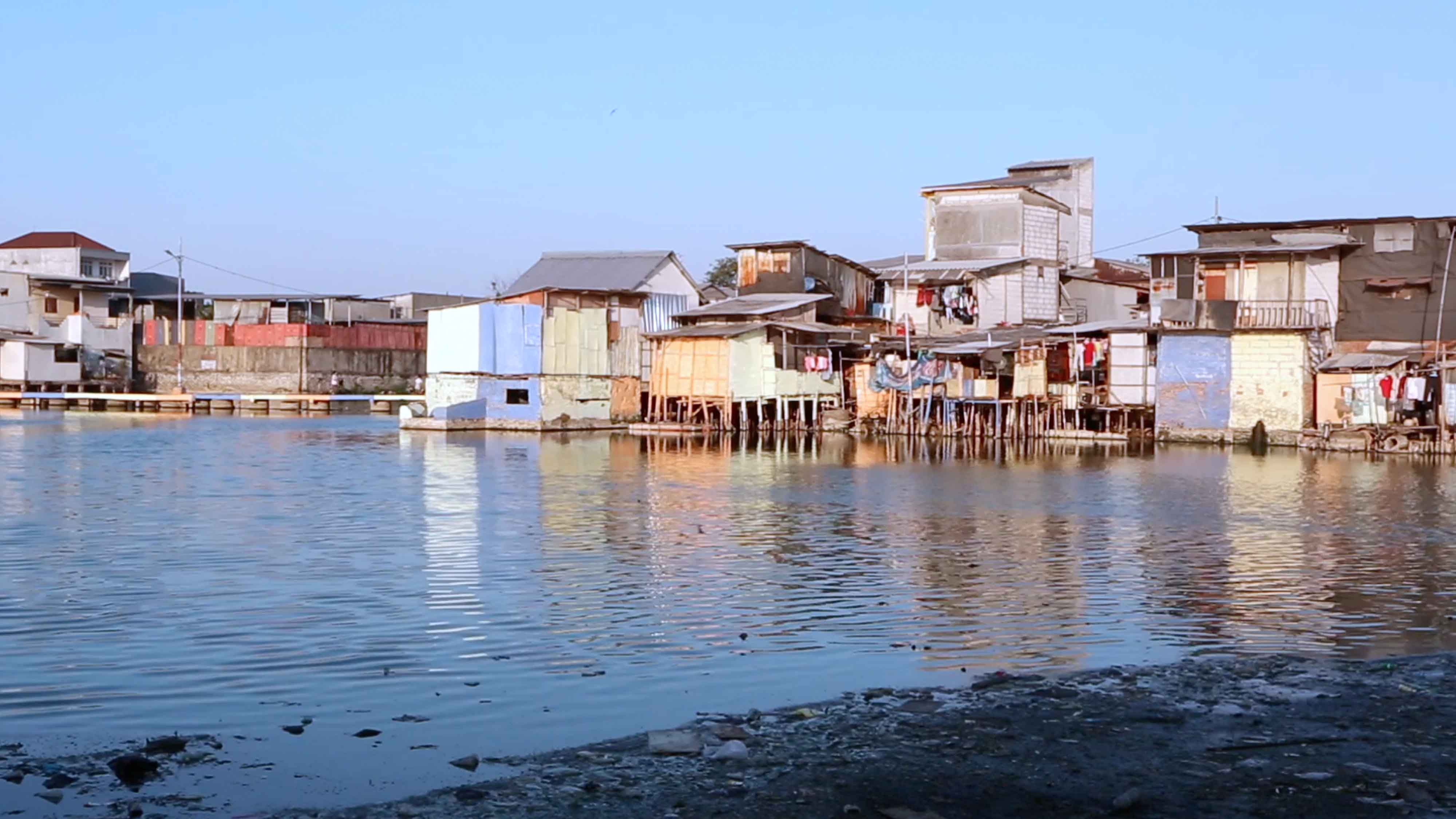
Rows of stilt houses stand firmly on water in Kampung Teko, Jakarta's only visible floating village. The area that was once filled with lush greeneries and rice fields now lays inundated in murky waters. This village is home to more than 300 families.
Siti's family is one of them. Her family has been living in this village for 50 years. As a long-time resident, Siti has witnessed the changes first hand. One of the most prominent changes is the lack of access to clean water.
"Now, I have to buy clean water. It costs around 5,000 Indonesian rupees (0.30 U.S. dollars) per gallon. I use it for cooking, drinking and washing the produce. It was never like this. Before, I was able to take water anytime I wanted from these ponds but now it's just disgusting and very uncomfortable," said Siti.
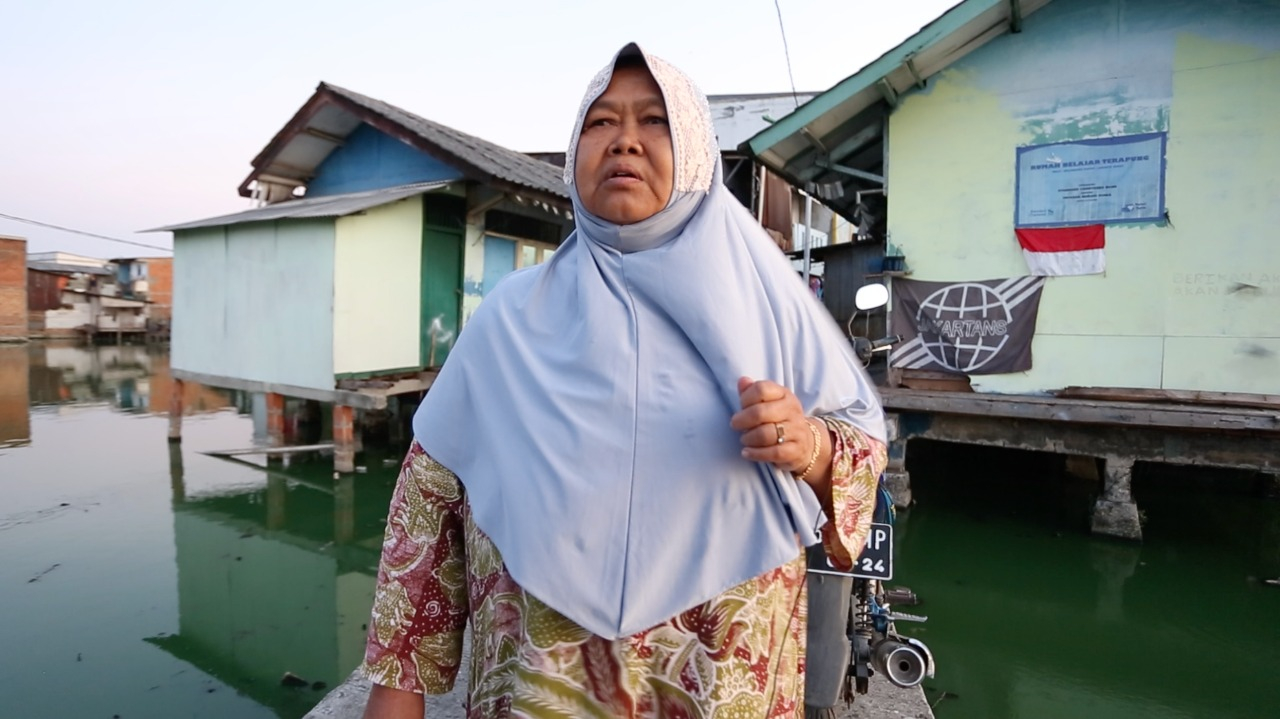
Siti witnessed the changes her village underwent in the past 50 years. /CGTN Photo
Siti witnessed the changes her village underwent in the past 50 years. /CGTN Photo
For many people, a small amount of 30 cents doesn't seem like a lot, but for residents like Siti whose income is below the minimum wage level, spending that amount of money daily for clean water is a burden.
"My house used to be flooded all the time. It is a bit better now because the government has built bridges, but it is still difficult," said Siti.
Despite the difficulties, Siti and many other residents of this village have gotten used to these conditions.
"I wouldn't move out even if I had to. I'm used to it here; this has been my home for a long time," said Siti.
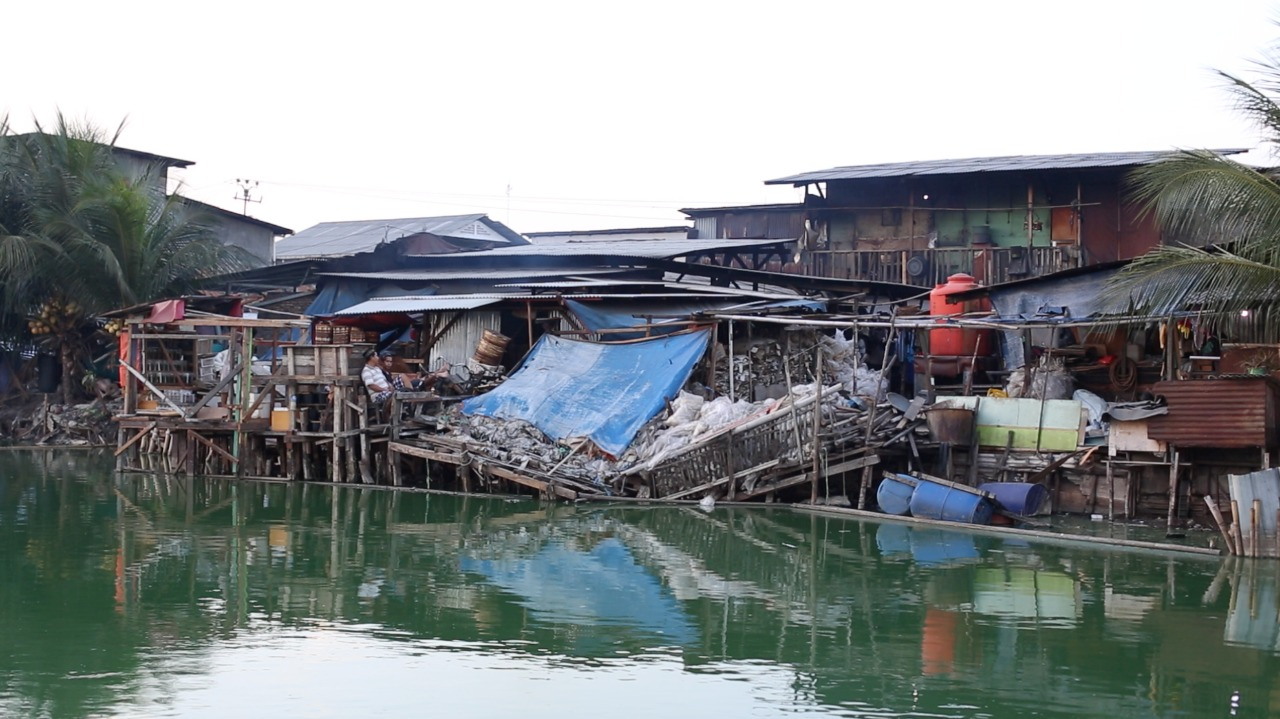
Although living conditions are difficult, many residents refuse to move out of the village. /CGTN Photo
Although living conditions are difficult, many residents refuse to move out of the village. /CGTN Photo
The government is still working on Kampung Teko, finding solutions to stop the village from being completely inundated. Bontot from the village's local administration says industrial activities have heavily affected the area's drainage system.
"This is also a natural phenomenon. During the 1980s, the water pond here used to be filled with bushes and empty land. However, due to constructions, this place has completely come under water. Household waste and rainwater also plays a big role in inundating this area," said Bontot.
The Jakarta government has been trying to slow down the speed of this phenomenon since the 1990s but to no avail.
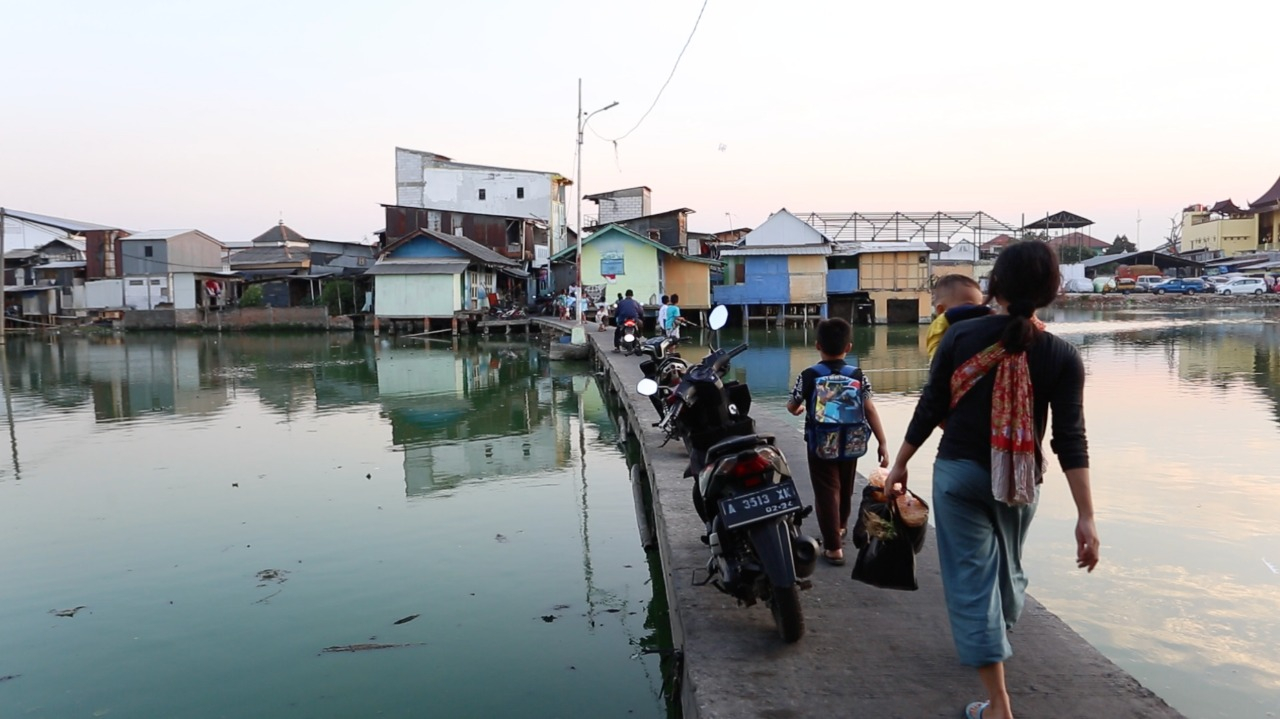
Kampung Apung still faces an uncertain future. /CGTN Photo
Kampung Apung still faces an uncertain future. /CGTN Photo
The problem originates from the construction of a warehousing complex that began in 1988. The construction affected residents' waterways from the nearby river, resulting in the heavy flooding we see today.
The unhygienic waters have also affected residents' health in the past years.
"The government tries to regularly clean different sections of this water body. Diseases have begun to decrease after they began cleaning. We don't suffer from skin diseases and digestion problems like we used to," said Bontot.
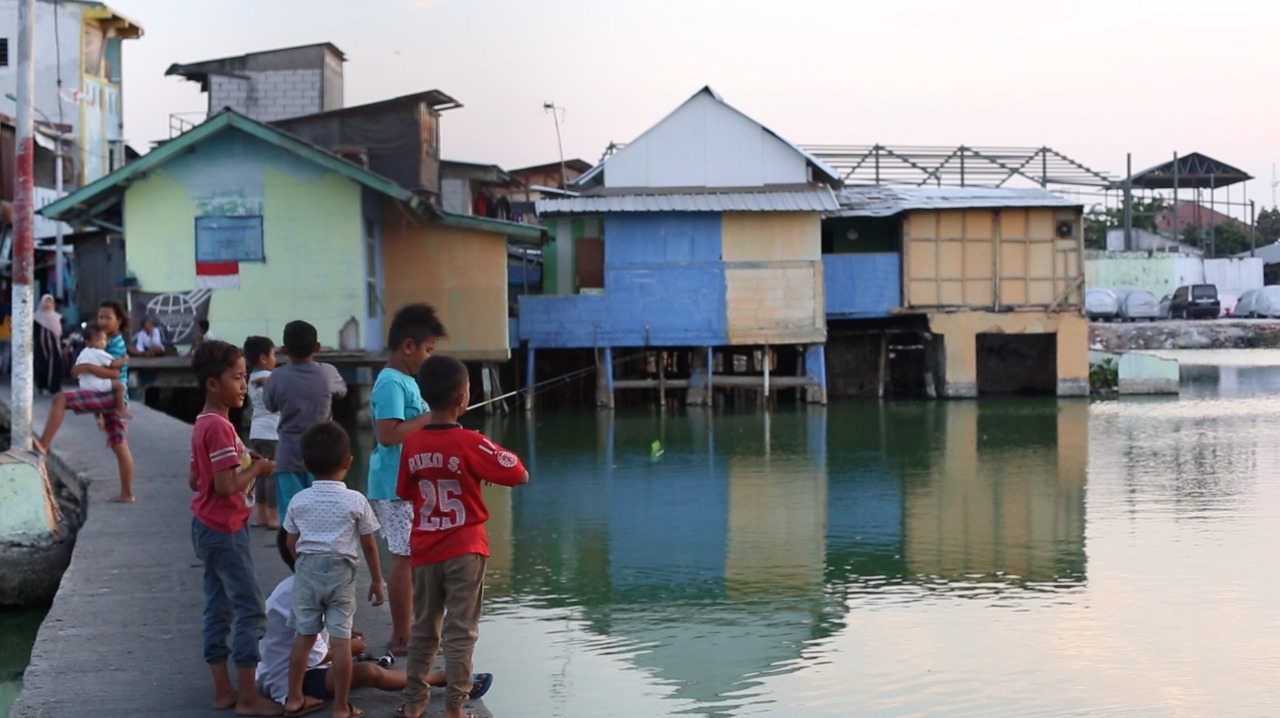
Kampung Apung is Jakarta's only visible floating village. /CGTN Photo
Kampung Apung is Jakarta's only visible floating village. /CGTN Photo
In 2014, the provincial government tried to pump water out of the village. It helped reduce flooding but just a year later, the village was abandoned once again and water level quickly rose to its original state.
Residents like Bontot and Siti are still looking for governmental support to turn their village into the home they knew decades ago. However, with no active work being done, the future of Kampung Teko remains uncertain.